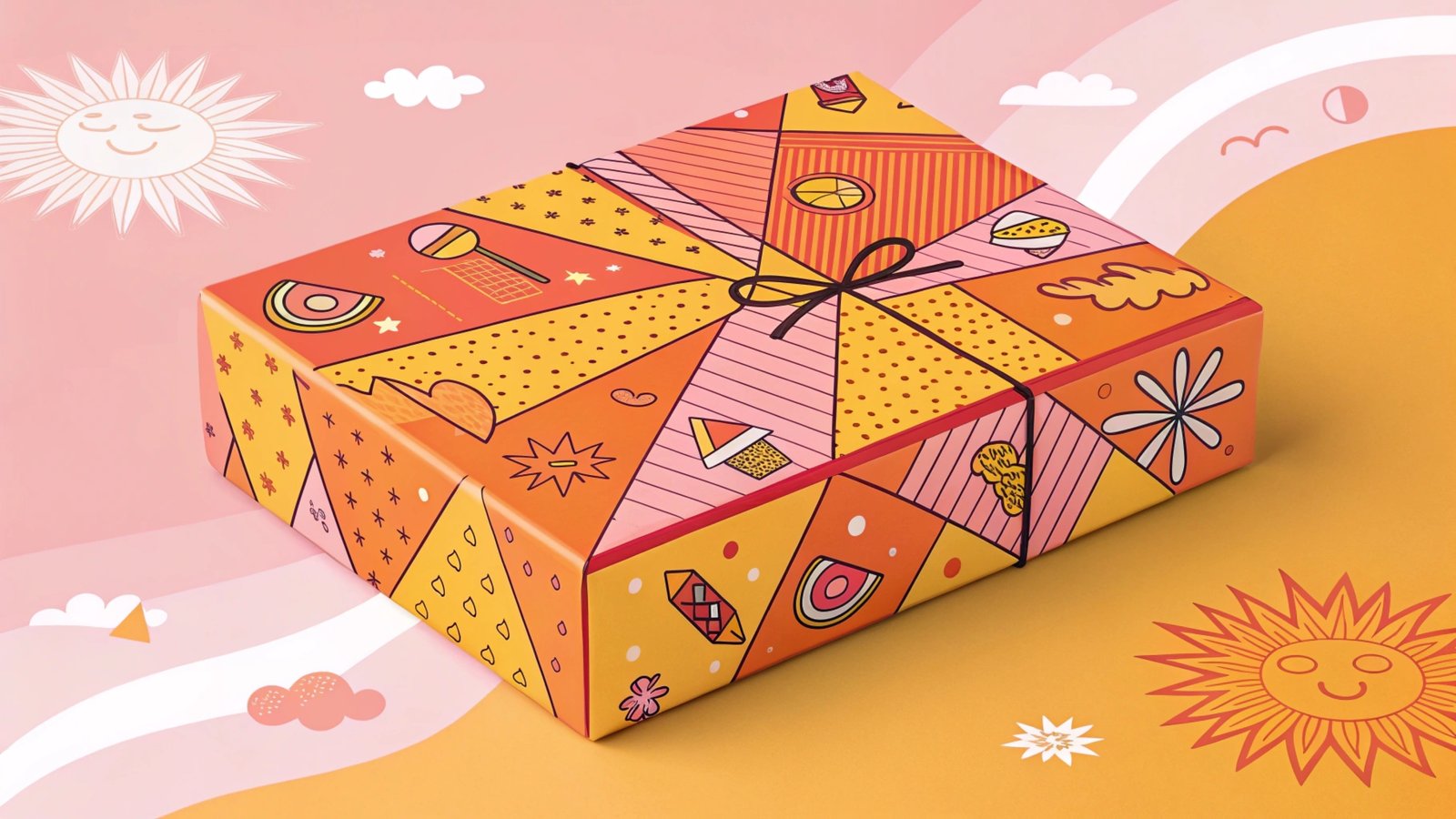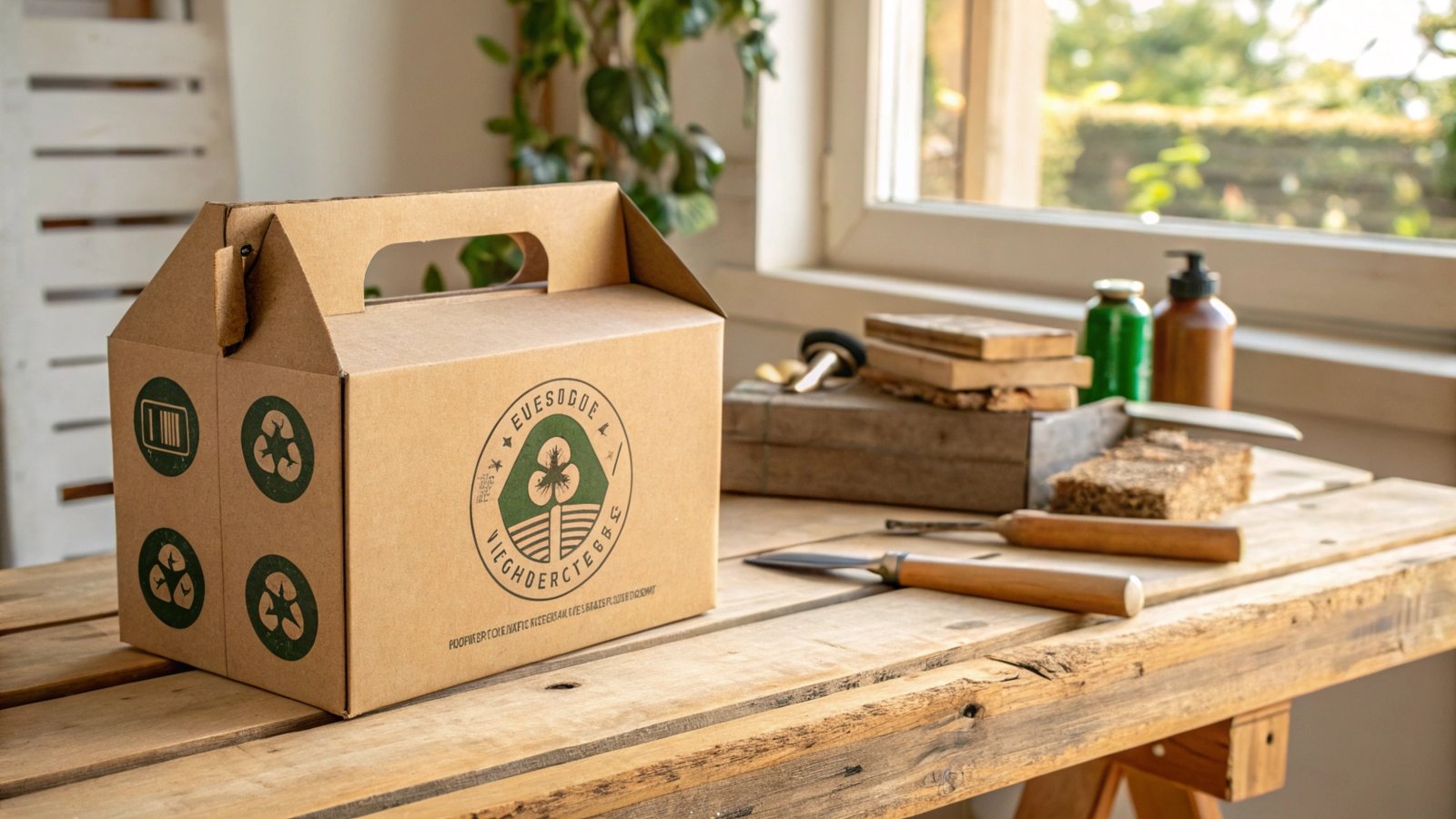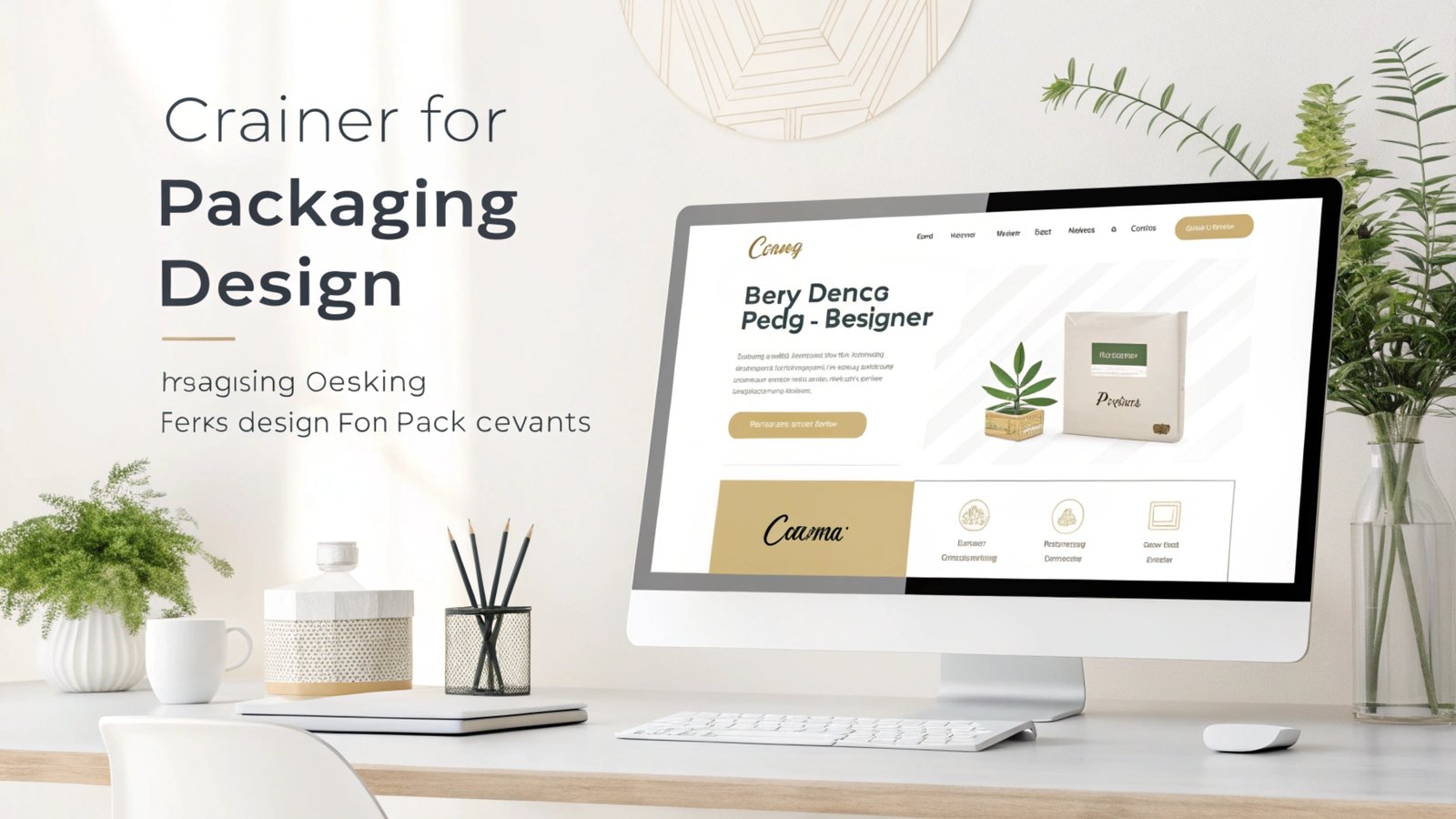
Creating your own packaging can seem like a daunting task, but with the right steps, it can be a rewarding experience that enhances your product's appeal and brand identity. Whether you're an entrepreneur looking to launch a new product or an established business wanting to stand out in a competitive market, designing your own packaging is a critical step in showcasing your product's value.
Snippet paragraph:
To create your own packaging, you need to consider the materials, design, and branding that reflect your product’s uniqueness. It's important to align your packaging with your product's identity and target market, ensuring it serves both functional and marketing purposes.
Transition paragraph:
In this article, we will guide you through the process of creating packaging that not only protects your product but also attracts customers. We'll explore essential questions that help you understand how to make the best packaging for your brand.
[Table of contents]
How to create packaging for a product?
Opening paragraph for H2:
When you're creating packaging for a product, the first thing you need to think about is its functionality. Does the packaging protect your product? Does it enhance the customer experience? Is it easy to ship? These are some of the primary considerations when developing your product's packaging.

Snippet paragraph for H2:
To create packaging for a product, focus on three key aspects: protection, branding, and usability. Make sure the packaging meets the needs of your product, appeals to your target audience, and can be easily handled during shipping.
1. Understand the Product's Requirements
Before you start designing, understand the product you're packaging. Is it fragile, bulky, or perishable? Does it require specific storage conditions? Knowing your product's needs will guide the selection of materials and the design of the packaging. For example, glass products need protective cushioning, while a food product may require moisture-resistant packaging.
2. Select the Right Materials
The next step is choosing the right materials. Packaging materials vary from corrugated boxes, eco-friendly paper, plastic wraps, and bubble wrap. Consider the environmental impact of your materials, the cost, and how well they protect the product. If you are creating custom packaging for fragile items, think about using foam inserts or air pillows for extra protection.
3. Design the Packaging
Once you know your product’s needs and have selected your materials, it’s time to design the packaging. The design should reflect your brand’s identity. Make sure to include your logo, company name, and any necessary product details, such as instructions or ingredients. The colors and fonts used should resonate with your target audience.
How to create packaging for free?
Opening paragraph for H2:
Many small businesses, startups, or individuals may not have a large budget to spend on custom packaging. Fortunately, it’s possible to create packaging for free, or at least with minimal costs, by leveraging available resources and creative tools.

Snippet paragraph for H2:
To create packaging for free, you can use free design software, repurpose existing materials, and even explore DIY packaging options. All it takes is a little creativity and resourcefulness.
1. Use Free Design Software
One of the easiest ways to create packaging for free is by using free design software such as Canva, GIMP, or Inkscape. These programs allow you to design your packaging without any upfront costs. Canva, for example, offers a user-friendly interface with free templates that can be customized with your brand’s colors, logo, and product details.
2. Repurpose Materials
If you are looking to reduce costs further, you can reuse materials. For instance, old cardboard boxes or recycled paper can be transformed into functional and eco-friendly packaging. With some creativity, you can design stylish, minimalistic packaging that tells your sustainability story.
3. DIY Packaging
If you’re just starting and need a low-cost solution, DIY packaging might be the way to go. All you need is basic craft supplies like scissors, glue, and stamps. Customizing standard packaging like plain brown boxes or tissue paper with your own branding can make your products look professional without breaking the bank.
Can I make my own box for shipping?
Opening paragraph for H2:
Shipping boxes are essential for getting your products safely to your customers. While you might think custom boxes for shipping are expensive and complicated to create, it’s actually quite feasible, even for small businesses or individuals.

Snippet paragraph for H2:
Yes, you can make your own box for shipping! With the right tools and a little creativity, you can design boxes that are both practical and tailored to your products, ensuring they arrive in perfect condition.
1. Measure Your Product's Dimensions
The first step in making your own shipping box is measuring your product’s dimensions. You want to make sure the box fits snugly around your item to avoid movement during transit. Overly large boxes can lead to higher shipping costs, and too-small boxes can damage your product.
2. Choose the Right Cardboard
For shipping boxes, it’s important to choose strong, durable cardboard that can withstand the rigors of shipping. Corrugated cardboard is often used for this purpose as it offers both strength and lightweight characteristics. You can also opt for eco-friendly alternatives to appeal to environmentally-conscious customers.
3. Use Online Tools to Create Box Designs
There are online platforms like Packlane or Packhelp that allow you to design and create your own custom shipping boxes. These tools give you the flexibility to choose the material, size, and design, while keeping costs relatively low. Some services even allow you to print your own branding on the boxes.
Which software is best for packaging design?
Opening paragraph for H2:
Designing packaging that looks professional and reflects your brand can be daunting without the right tools. With many design software options available, it’s important to choose one that suits your needs and skills.

Snippet paragraph for H2:
The best software for packaging design depends on your level of expertise. Beginners might prefer user-friendly tools like Canva, while professionals may opt for advanced options like Adobe Illustrator or CorelDRAW.
1. Canva (Best for Beginners)
Canva is a great tool for beginners who want to create simple yet effective packaging designs. It provides free templates and an intuitive drag-and-drop interface, which makes it easy to customize designs for various packaging needs. Canva’s vast library of fonts, colors, and elements makes it easy to create packaging without any prior design experience.
2. Adobe Illustrator (Best for Professionals)
For more advanced designs, Adobe Illustrator is the industry-standard software. It offers a wide range of vector design tools, allowing you to create precise, scalable designs for all types of packaging. It also integrates well with other Adobe products, like Photoshop, making it ideal for professional designers working on complex packaging projects.
3. Inkscape (Free Alternative to Illustrator)
Inkscape is a powerful, free, open-source vector graphics editor. It offers many features similar to Adobe Illustrator, such as path editing, text manipulation, and support for a wide variety of file formats. If you are looking for a free alternative to professional software, Inkscape is a great choice for creating custom packaging.
4. CorelDRAW (Best for Packaging Layouts)
CorelDRAW is another top choice for packaging designers. It is known for its powerful vector editing tools, which are perfect for designing intricate packaging layouts. It’s easy to use and has a broad range of file compatibility, making it a favorite among both amateur and professional packaging designers.
More tips and tricks for great packaging design
Keep your brand consistent
Make sure your packaging aligns with your brand’s voice and identity. Whether it’s through the colors, typography, or messaging, consistency in packaging helps reinforce your brand’s image and makes it easily recognizable to your customers.
Focus on sustainability
With an increasing number of consumers concerned about environmental impact, sustainable packaging has become a top priority for many brands. Consider using recycled materials, biodegradable plastics, or eco-friendly inks to create packaging that appeals to eco-conscious consumers.
Think about user experience
Packaging is not just about aesthetics; it’s also about usability. Your packaging should be easy to open, handle, and dispose of. Consider including tear strips, easy-open tabs, or resealable features to enhance the user experience.
Conclusion
Creating your own packaging doesn't have to be an overwhelming process. By focusing on the right materials, design, and software tools, you can create packaging that not only protects your products but also enhances your brand’s appeal. Whether you’re starting with free resources or investing in professional tools, thoughtful packaging design can help your product stand out and create a lasting impression with your customers.

